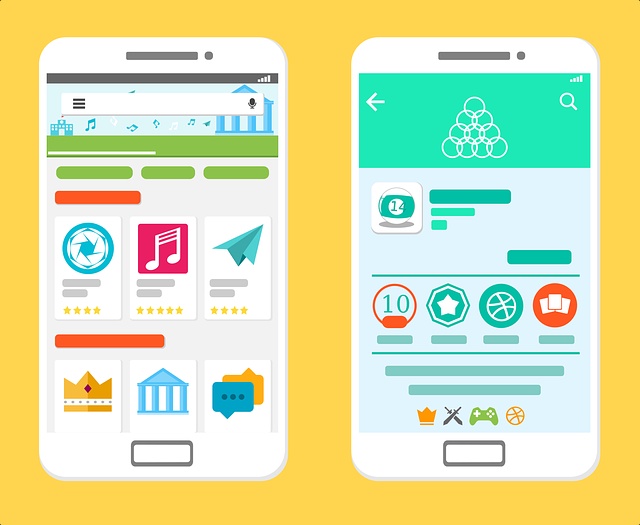With cross-platform app development, developers may use a single codebase to create mobile applications that function across many platforms, including iOS, Android, and even the web. This is the definitive manual for creating cross-platform apps:
1. Choose the Right Framework:
React Native: Created by Facebook, React Native builds iOS and Android mobile apps that mimic native apps using JavaScript and React.js.
Flutter: Developed by Google, Flutter leverages the Dart programming language and provides an extensive collection of pre-made widgets for developing aesthetically pleasing applications.
Xamarin: A Microsoft product, Xamarin gives developers access to native APIs for Windows, iOS, and Android platforms while enabling them to create programs with C# and.NET.
Ionic: Ionic is a cross-platform mobile app development tool that leverages web technologies including HTML, CSS, and JavaScript. It is built on top of Angular and Apache Cordova.
PhoneGap/Cordova: With Cordova, developers may create web applications and then package them into native containers for delivery.
2. Understand Platform Differences: Even if code reuse is possible with cross-platform development, it's crucial to comprehend platform differences and optimize your product for each one. This involves taking performance, device-specific capabilities, and UI/UX design into account.
3. Set Up Development Environment: Install the tools, dependencies, and SDKs required by the selected framework. Make sure you follow the official documentation as each framework has specific prerequisites and installation procedures.
4. Codebase Structure and Architecture: In order to optimize code reuse and maintainability, plan and arrange your codebase architecture and structure. Observe best practices for architecture patterns like MVC, MVVM, or Redux, as well as for modularization and concern separation.
5. UI/UX Design: Make that the user design and experience of your app are intuitive, responsive, and platform-neutral. Take into account design patterns and principles unique to each platform for interaction, navigation, and layout.
6. Access Native APIs: Utilize platform-specific plugins or libraries offered by the cross-platform framework to take advantage of native APIs and device capabilities like the camera, location, sensors, and push notifications.
7. Testing and Debugging: To guarantee compatibility and performance, test your app extensively across a range of devices, screen sizes, and OS versions. For testing, use actual devices, emulators, and simulators. You may also use the framework's debugging tools.
8. Optimize Performance: Reducing superfluous overhead, streamlining rendering, cutting down on network queries, and putting in place effective data caching and storage systems will all help your program run more smoothly.
9. Deployment and Distribution: Prepare your software for app shops like Google Play Store and Apple software Store to distribute it. Observe the release management, certification, and app submission rules relevant to each platform.
10. Continuous Integration and Delivery (CI/CD): For your cross-platform application, automate the build, test, and deployment procedures by implementing CI/CD pipelines. To make the development workflow more efficient, use technologies like GitHub Actions, CircleCI, and Jenkins.
11. Monitor and Update: After the app launches, keep an eye on its functionality, user reviews, and analytics to spot problems, gain knowledge, and make informed decisions about upgrades and improvements in the road.
12. Community and Resources: To keep informed, ask for assistance, and work with other developers, join online communities, forums, and developer groups pertaining to cross-platform app development. Make use of the documentation, tutorials, and courses that the official framework website and community contributors have to provide.
You may create excellent mobile applications that maximize code reuse and development efficiency while reaching a larger audience across several platforms by adhering to this comprehensive guide on cross-platform app development.


No comments yet